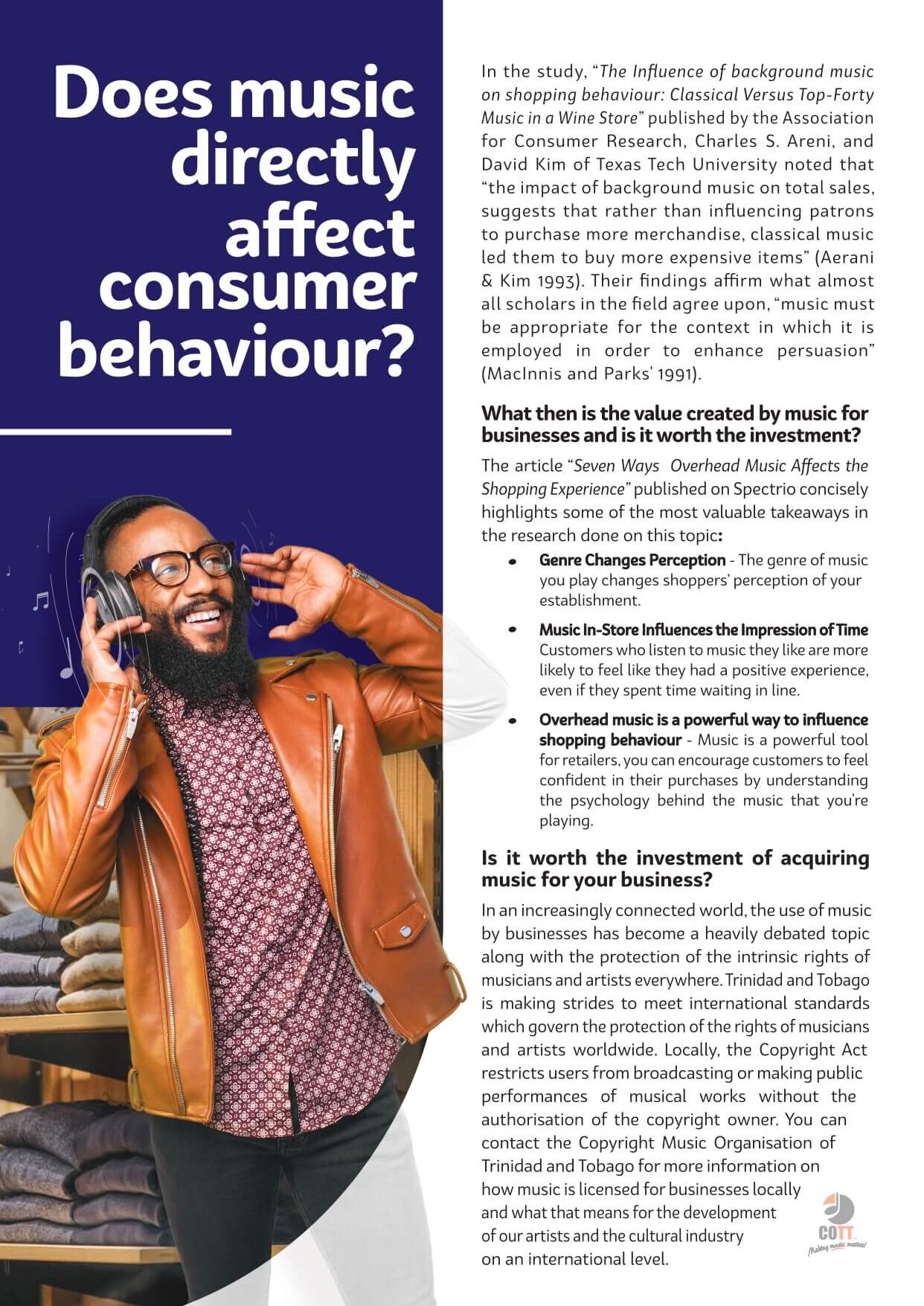Understanding Neighbouring Rights
WHAT ARE NEIGHBOURING RIGHTS?
WHO IS ELIGIBLE FOR NEIGHBOURING RIGHTS?
- play the recording in public.
- broadcast the recording.
- to make copies the recording for the above purposes.
FAQs
WHAT IS A MASTER RIGHTS OWNER?
“Master rights” derives from “master record”, i.e., the original sound recording used for reproduction and distribution. Generally, producers and labels get the master rights when they finance and produce the recordings. However, if you have recorded and produced the song yourself you automatically own the master rights.
Artists who wish to own their master recordings must ensure that they have written agreements with every party involved in the recording process, such as the production company or record label, the recording studio, sound engineers, and any other musicians or bands involved.
Artists, labels, and producers can share the master rights depending on how the recordings were produced and the involvement of the parties in their creation. It is important to clarify the rights to the recordings before they are released!
WHAT IS A PRODUCER?
Traditionally, producers are defined as individuals hired by a record company to plan, direct and execute the production of a recorded music track or music album. A producer would usually handle the budget, direct, and contribute to the recording process and work with the artists and engineers to get the best recording possible.
WHO GETS PAID?
When it comes to Neighbouring Rights, the revenue is shared by the master owner (owner of the sound recording), the featured performing artist, and any non-featured performers (such as session musicians), with the non-featured artists retaining the smallest share. If you’re an artist and you own your recordings, you’ll be able to collect these royalties as both the master owner and the performer.
CAN I HAVE SPLIT MEMBERSHIP FOR NEIGHBOURING RIGHTS?
Split membership for Neighbouring Rights will be facilitated after completing two years of membership with COTT. After 2 years, members can apply for split membership with NR organisations throughout the world.
HOW OFTEN ARE NEIGHBOURING RIGHTS DISTRIBUTIONS DONE?
Neighbouring Rights distributions are done twice per year.
DO I HAVE TO SUBMIT LIVE PERFORMANCE PLAYLISTS FOR NEIGHBOURING RIGHTS?
If you performed the song without any recorded music neighbouring rights will not apply.
If you performed with the use of the sound recording, then you should submit a performance playlist.
CAN I NAME A SUCCESSOR FOR NEIGHBOURING RIGHTS?
Yes. Beneficiaries of deceased members including spouse, child, relative, next of kin, or beneficiary under the will of a deceased member can become a Successor member for Neighbouring Rights.
Neighbouring Rights are protected until the end of the fiftieth calendar year following the year in which the performance was fixed in a sound recording or, in the absence of such a fixation, from the end of the year in which the performance took place.
HOW ARE SHARES DIVIDED FOR NEIGHBOURING RIGHTS?
COTT will be guided by any agreement or Notification of Recordings [NOR] submitted. In the absence of such, an equitable remuneration for the performer(s) and the producer(s) shall be paid.
COTT does not get involved in negotiations among rights holders and these must be solidified before registering share splits at COTT.

